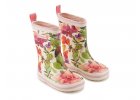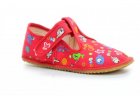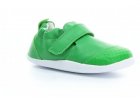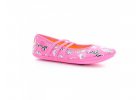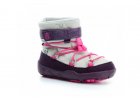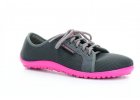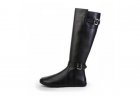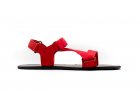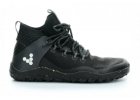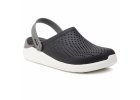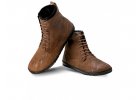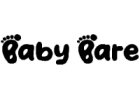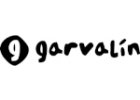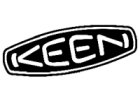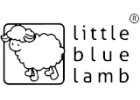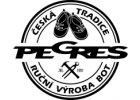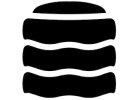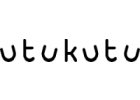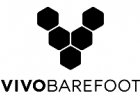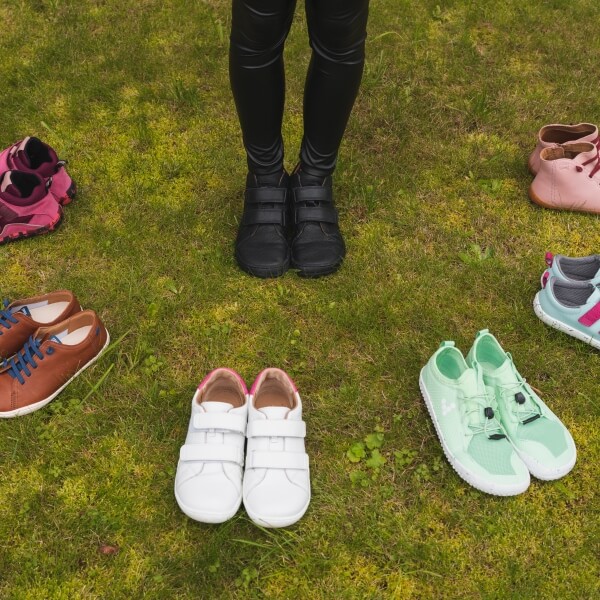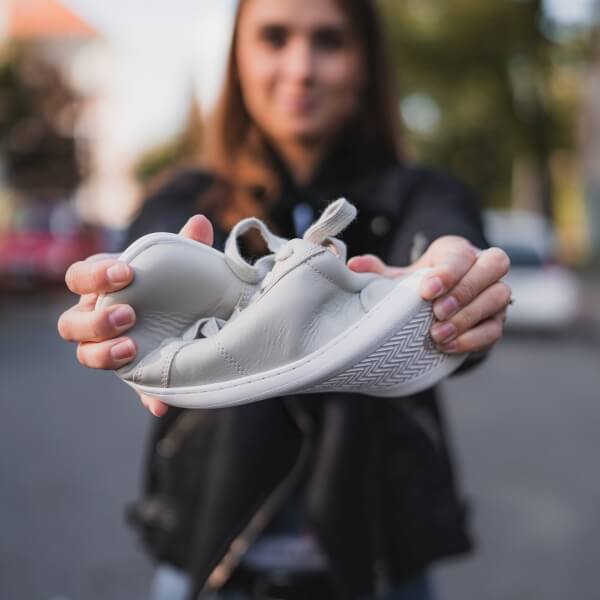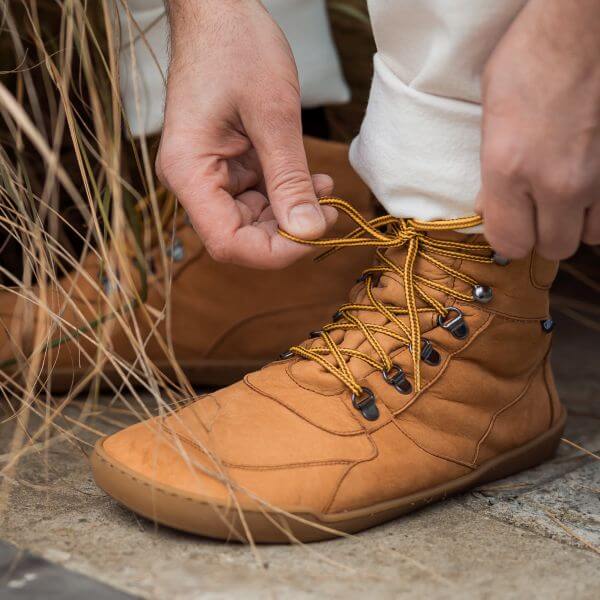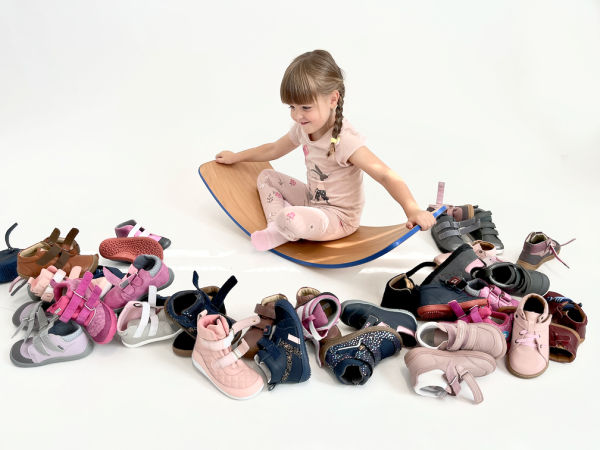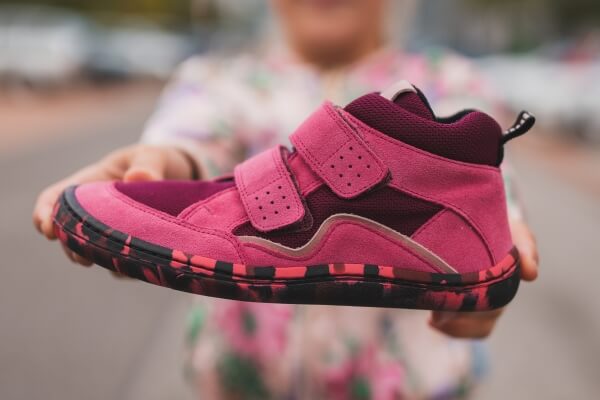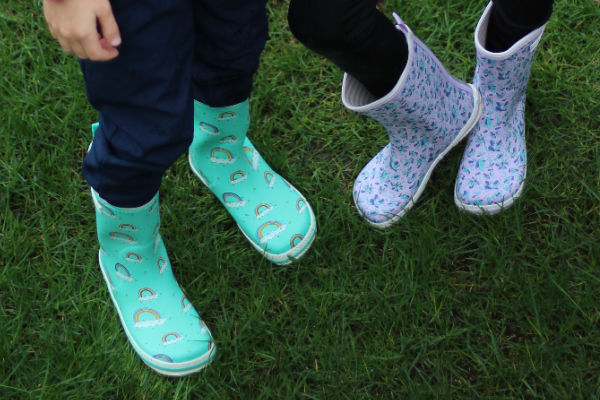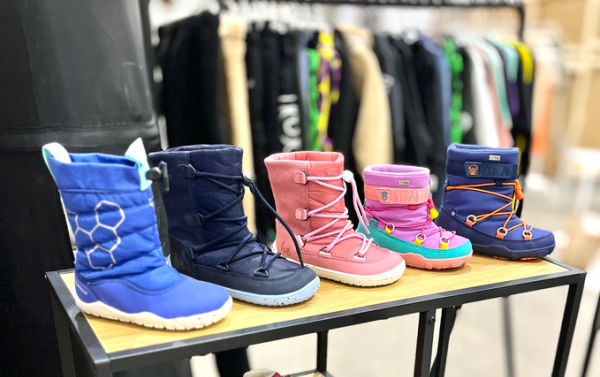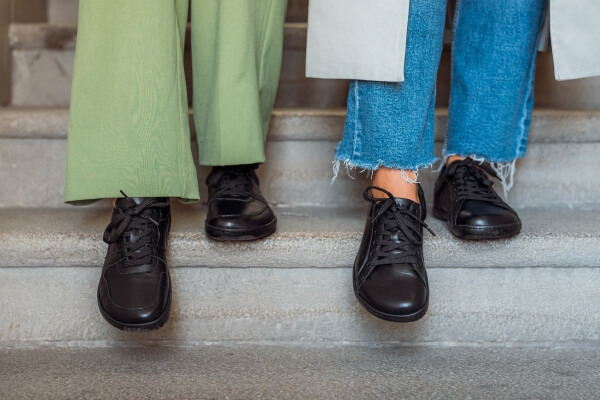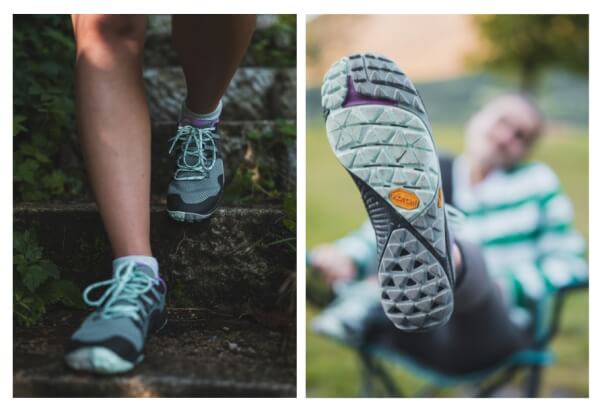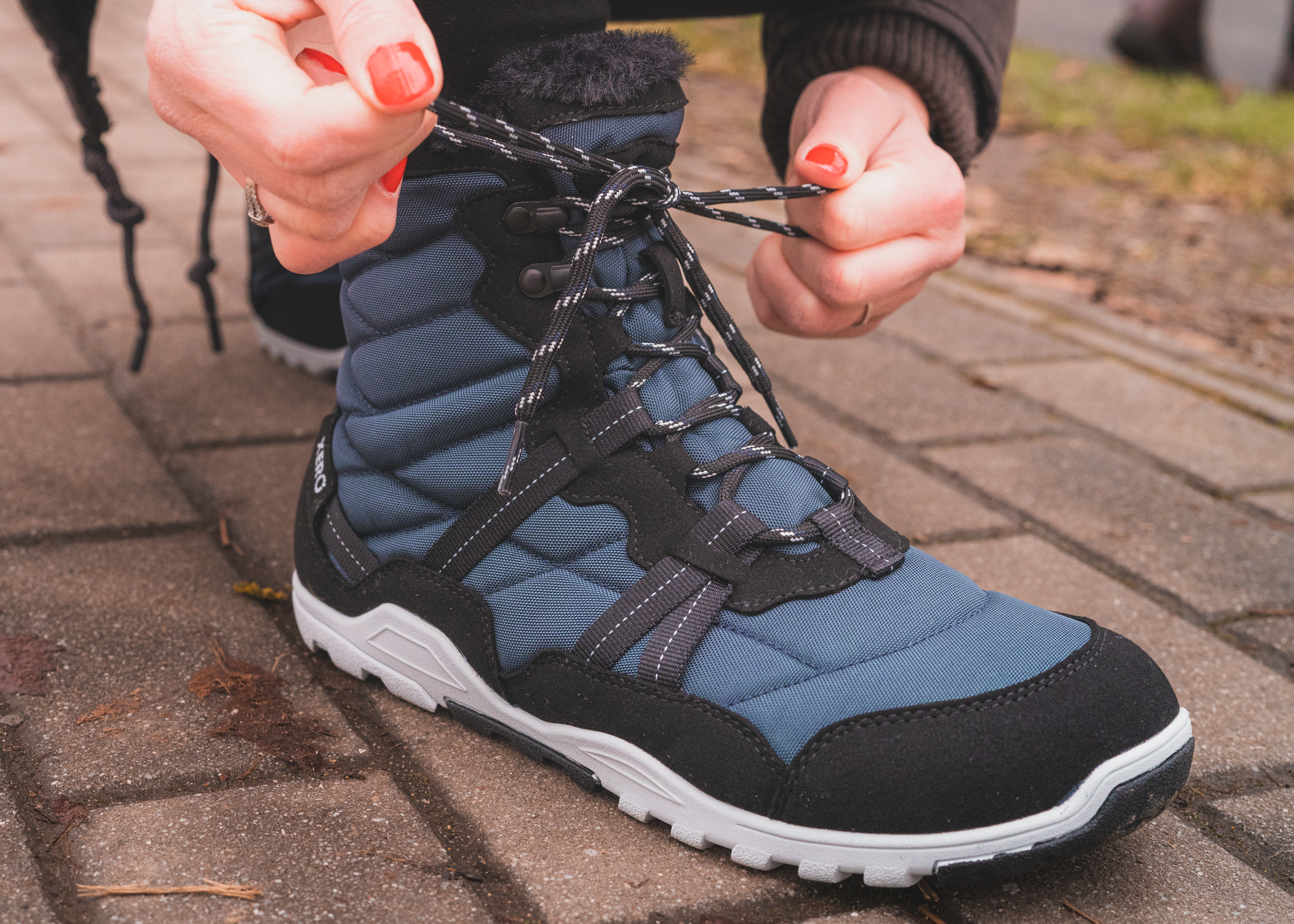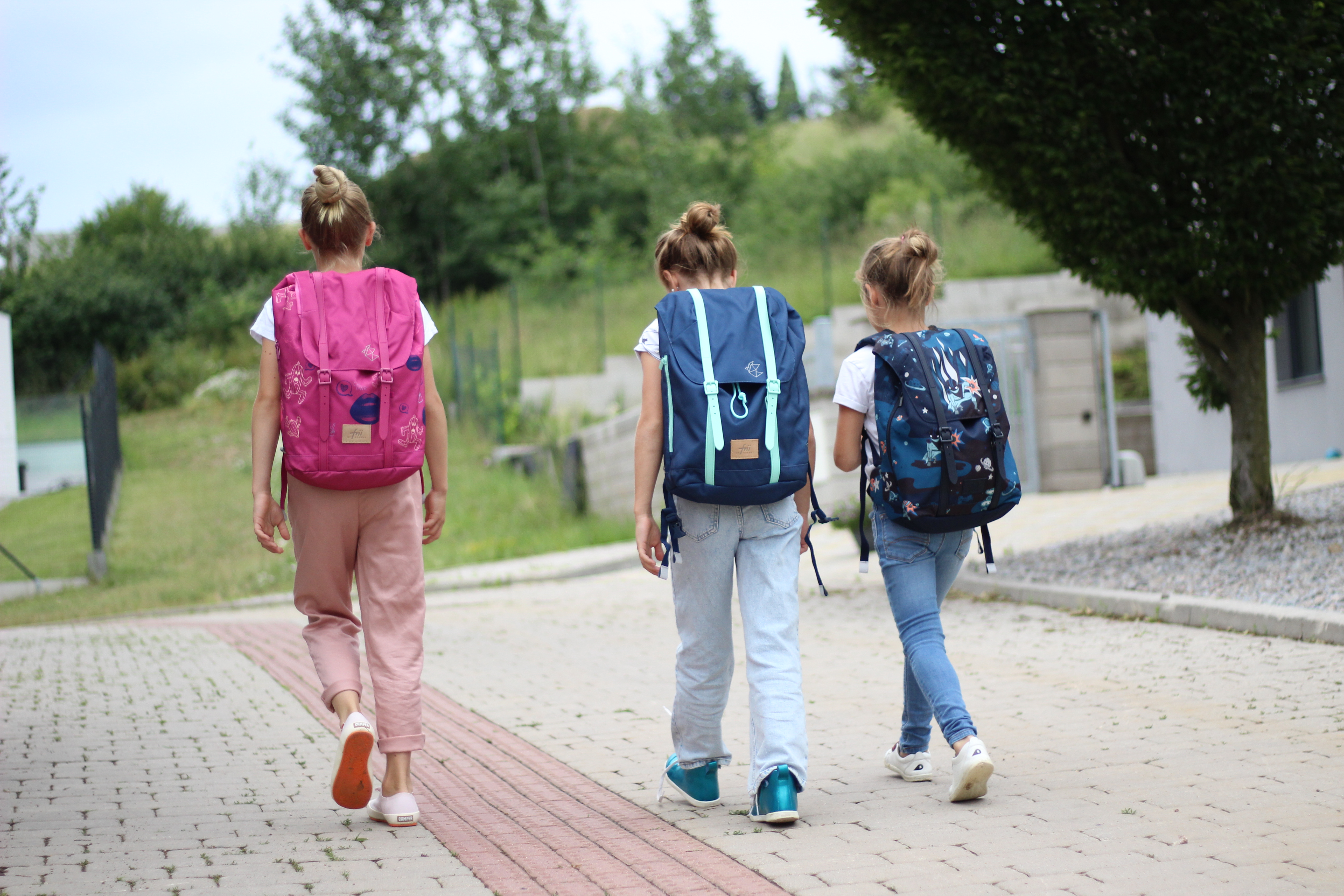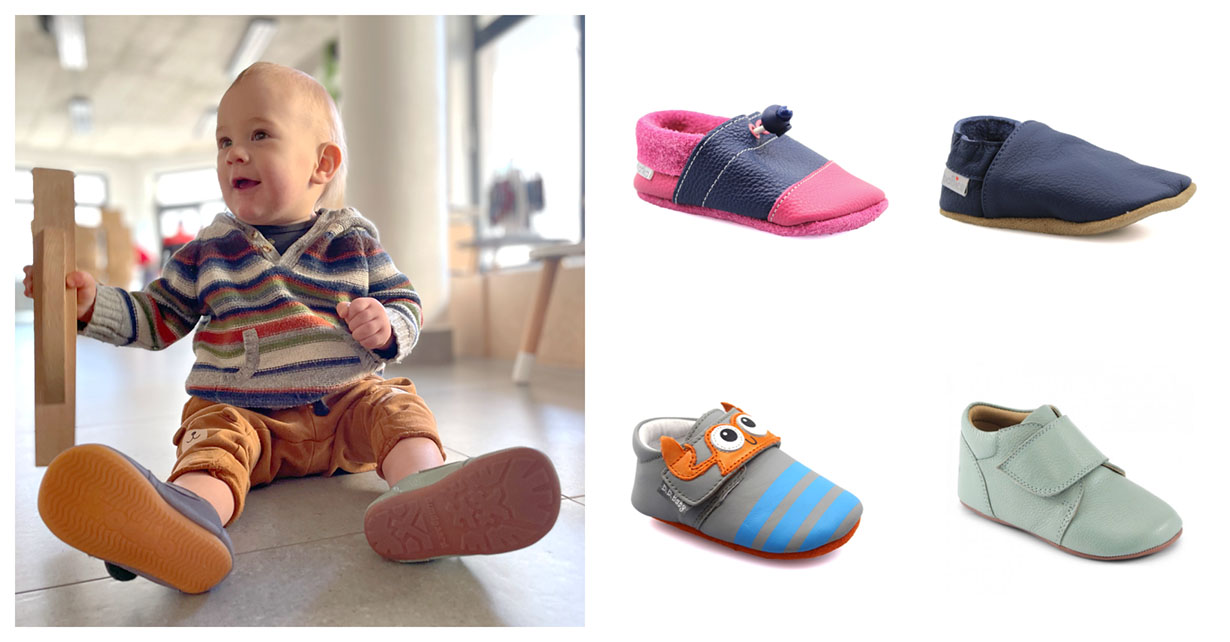Glossary, Page 2
A B C D F H I M N P R S T V W Z
Sole
Sole is synonymous with outsole.
Spring shoes
Spring footwear has the breathable materials and thin soles your feet need after winter. Canvas sneakers, mesh boots or ballerina flats are usually not waterproof, so they are not ideal for rainy weather. However, they are great for dry and warm…
Summer shoes
Summer shoes are designed exclusively for warm weather. Light and airy shoes or open sandals are suitable for summer in the city and the countryside.
Thin sole
The thin sole allows better information transfer between the foot and the surface. The thickness of the sole is usually around 3 mm, which is sufficient to protect against punctures while still allowing the necessary sensations to be perceived,…
Toe cap
The toe cap is a protective element on the front of the shoe (toe) that reduces the risk of excessive wear, especially in children's shoes. It can be caused by stumbling when walking, kicking various objects, riding a bike, etc. The anti-scuff toe…
Valgus ankle
A valgus ankle is a deformity of the heel bone that rotates outwards. A slight valgus of up to 15° is normal in children up to the age of three (up to 5° in children up to the age of six). Valgosity is associated with increased ligament laxity. Poor…
Velour
Velour is a textile similar to suede (leather that has been treated on the reverse side). The back becomes the front and is characterised by fine hairs. Velour is less abrasive/scratchy but more difficult to clean than smooth leather.
Wellies
Wellies, Wellingtons or Rubber boots are great for keeping out the wet, but they are not designed for all-day wear. Insulated wellies can also work as snow boots in winter.
Winter shoes
Winter boots differ from all season shoes mainly in their insulation and greater resistance to extreme cold and moisture. As well as ankle boots, knee-high boots, and snow boots, there are also insulated pre-walking boots for beginners and thermal…
Zero drop
Zero drop refers to a flat sole with no raised heel. The foot is then in its natural position and supports the whole body correctly. There is no shifting of the gravity centre, certain joints and ligaments overloading, etc.



